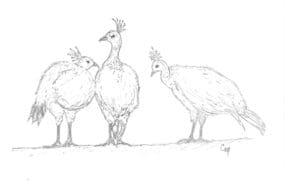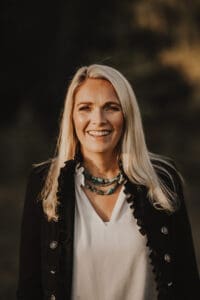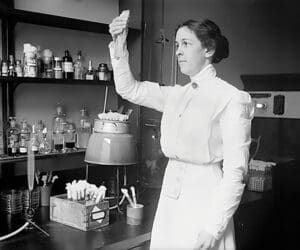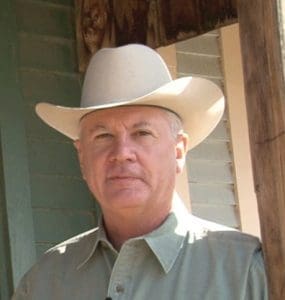By Patti Wilson Contributing Editor
Have you considered selling carbon credits? They can be generated on your farm or ranch and provide additional income for your operation.
Maintaining this business requires a third party; this is where EarthOptics enters the scene. The Minnesota-based company provides 60 percent of U.S. soil carbon quantification and 90 percent of rangeland.
I spoke with James Clement, senior vice president of grass and rangeland for EarthOptics, during the 2025 Cattle Industry Convention. Clement comes from a family rich in West and South Texas ranching heritage. His mother’s family owns Beggs Cattle Company, and his father’s side is from the King Ranch. A former Marine, he’s also involved with American Quarter Horses and Santa Gertrudis cattle. His interest in range management and carbon trading has increased the cash flow on his own property.
How Does It Work?
Clement travels to farms and ranches nationally, explaining the business of quantifying and marketing carbon credits. He enjoys aiding farmers and ranchers in developing protocols that enable them to qualify for this opportunity. He explained that many other countries are mandated to measure carbon data, but not the United States. That fact alone frees up rural America to inquire and investigate the process, independent of regulatory burden.
Clement explained the simplicity of getting started, saying most agriculturalists are already practicing management that would qualify them for soil carbon market openings. Any rancher who manages their business with a long-term view for the health of the land is likely to be compliant with EarthOptics management requirements. The company will provide information for any adjustments needed.
What’s Next?
Getting started, verifiers will compile grass management and soil data, such as estimated tons per acre of carbon on a given area. Root-health evaluation determines the path and ability for water and carbon to infiltrate soil, increasing the amount of carbon in soil and water in the aquifer under that property. Suggestions are made to revitalize areas needing an upgrade. Otherwise, continuation of sound practices is audited every three to five years.
Clement is a defender of the cattle business; cows are key to increasing carbon content in soil. Soil is key to a healthy climate, he says. It’s not a methane problem produced by cattle. He’d like to see more farmland returned to native grasses, providing greater water infiltration through soil, refilling ancient aquifers.
Numbers
All sizes of farms and ranches are welcome in EarthOptics. Cropland and pasture are both accepted. Cost of participation is between two and six dollars per acre for audits and data; expanded data costs an additional $12 to $15. EarthOptics can supply landowners with tech support as needed. The company provides all the data required for purchasers to measure and convert into soil carbon credits. A fair example of income to the rancher is $8 to $10 per acre.
When investigating added income from your property, here’s an option that can generate more profit in a manner that will also improve your grazing systems management and defend the livestock industry.





